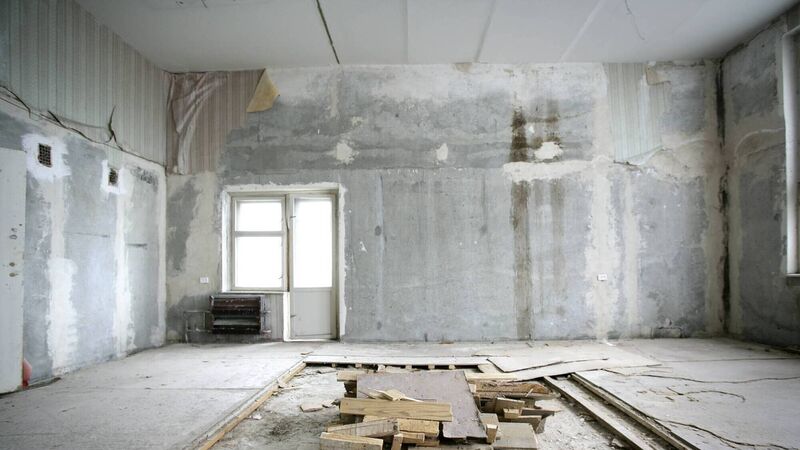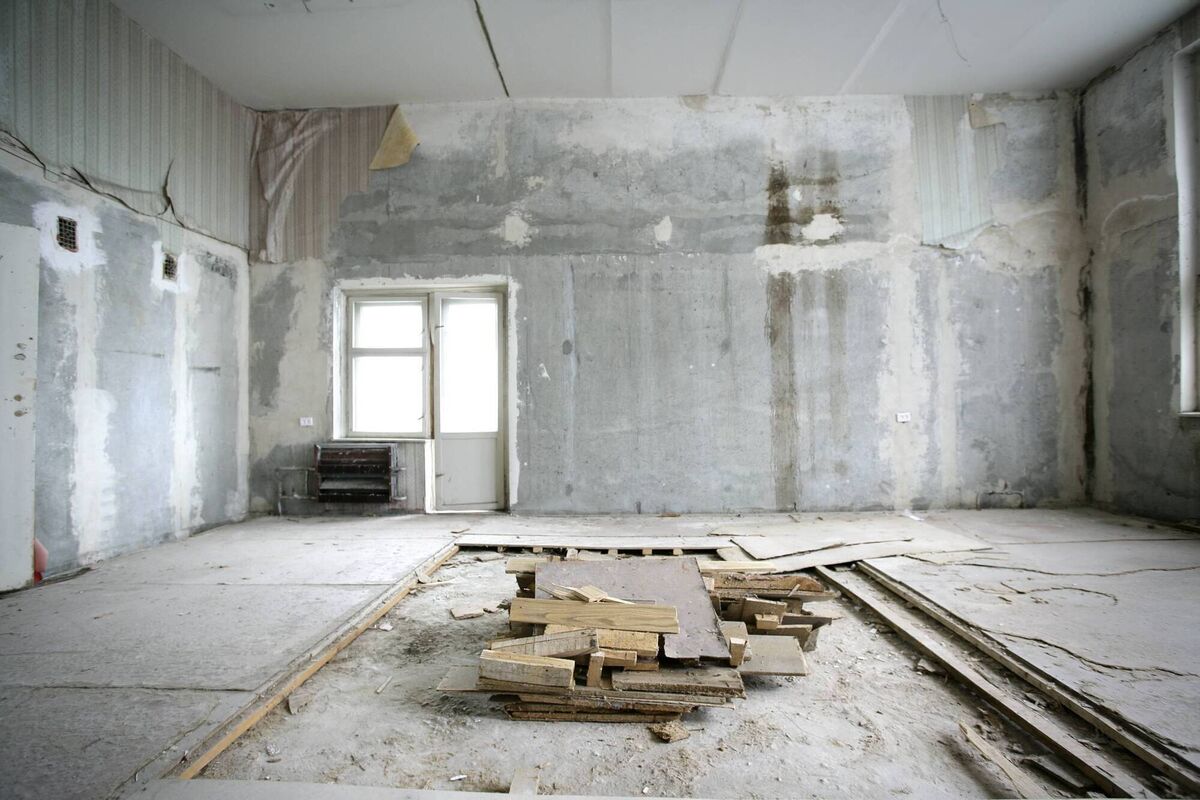How do I apply for a mortgage for a self-build or renovation?

When renovating, it’s vital to get the estimated valuation of the finished property right. Picture: iStock
Self-building can cover everything from boldly commissioning a house, and rarely putting a welly on site, to getting truly, deeply hands-on. Additionally, every year, many brave DIY warriors and seasoned trades dive into serious and essential renovations of their forever home.

Speaking of Haven, Martina adds, “You need to reach the full €250k of draw-downs within 18 months to get cashback. You should discuss a payment schedule with your builder or architect to ensure everyone is aligned re the financing of the project.”

“Prior to approval, the bank will need to see a full breakdown, drafted by a qualified professional, architect or engineer. The figure including VAT and contingency is the figure the bank will take into account as the cost of build works. Overruns are common” Martina adds, “So, the bank will want to see that you have allowed for a contingency and that you are eligible for the mortgage including the contingency amount (in savings or borrowings).”

Renovating a dilapidated old dear, an existing building or breathing new life into a ruin, can be as nerve mincing as building afresh. Sometimes it can prove structurally even more complex.














